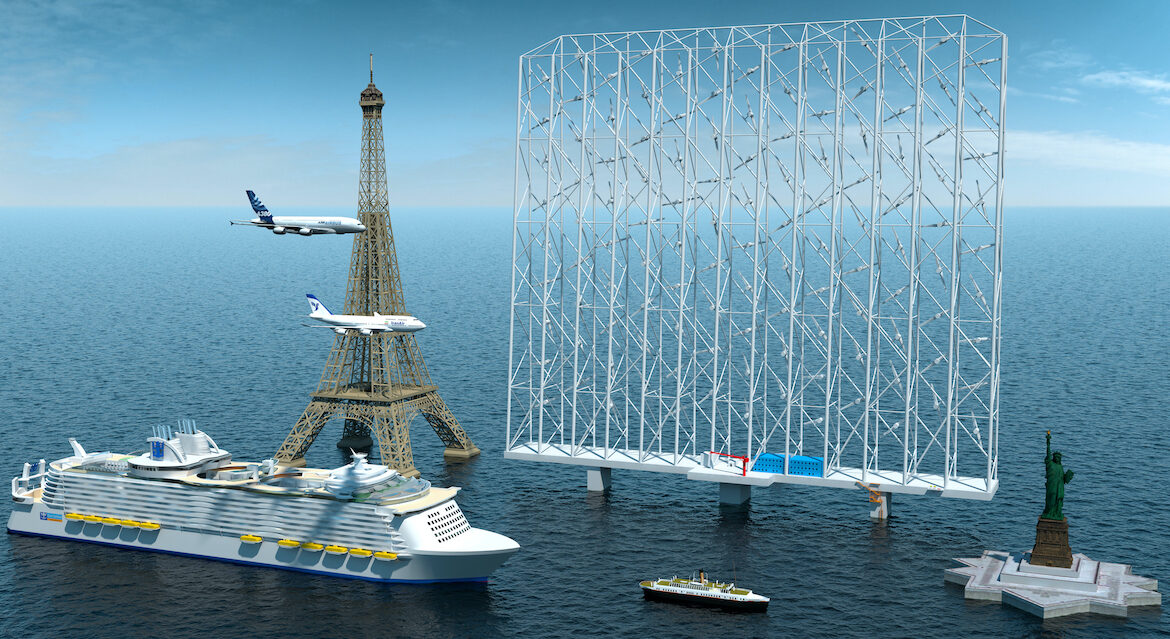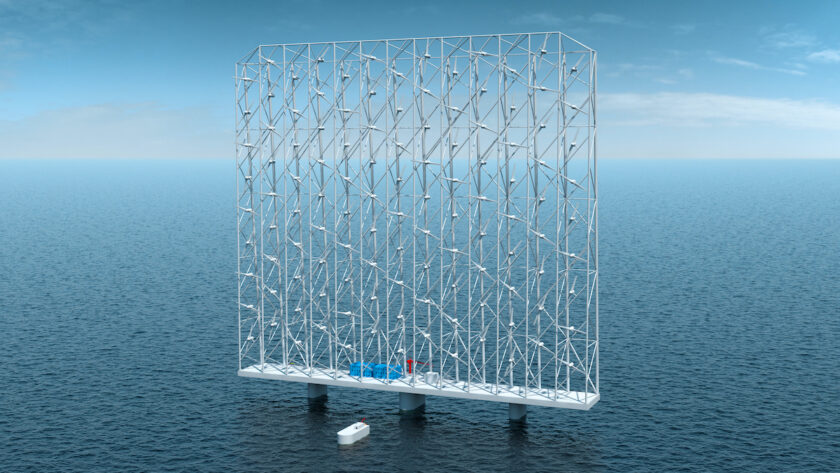Sailors have always sought to catch the wind – now a Scandinavian energy startup has similar ambitions, aiming to help change the way the world sources its power.
Wind Catching Systems of Norway has revealed an ambitious plan to create and commercialise giant floating offshore wind farms.
“Windcatching will make floating offshore wind competitive as soon as in 2022-2023, which is at least 10 years earlier than conventional floating offshore wind farms,” explains Ole Heggheim, CEO of Wind Catching Systems, a company owned by – among others – listed energy investor North Energy ASA and industrial investor Ferd AS, and supported by Innovation Norway.
“Our goal is to enable offshore wind operators and developers to produce electricity at a cost that competes with other energy sources, without subsidies. Simply put, we will deliver floating offshore wind at the costs of bottom-fixed technology solutions, which provides great opportunities on a global basis for the Norwegian supplier industry.”
The scale of the giant floating structures can be understood from the image below, which compares the windcatcher with popular landmarks, ships and planes. Despite its size, it reduces the acreage required to harvest wind by 80 per cent, lowering production costs and increasing efficiency.

The company says one windcatching unit is five times as efficient as a conventional offshore wind turbine and can produce sufficient energy to supply 80,000 households. The technology has a lifespan of 50 years.
The windcatchers, run by teams stationed on the structure, will drive several 1MW turbines.
Technical testing and verification is on schedule to be completed this year before commercial development solutions are released next year
“Wind Catching will challenge today’s established technology suppliers with its groundbreaking and patented design,” says Rachid Bendriss, investment director at North Energy.
“Should the technology verification confirm what we aim for, there are significant opportunities for Wind Catching Systems’ technology in major development projects in the North Sea, off the US West Coast and in Asia during the coming decades.”
The Norwegian development follows predictions that up to 30,000 offshore wind turbines could be operational by 2030.



